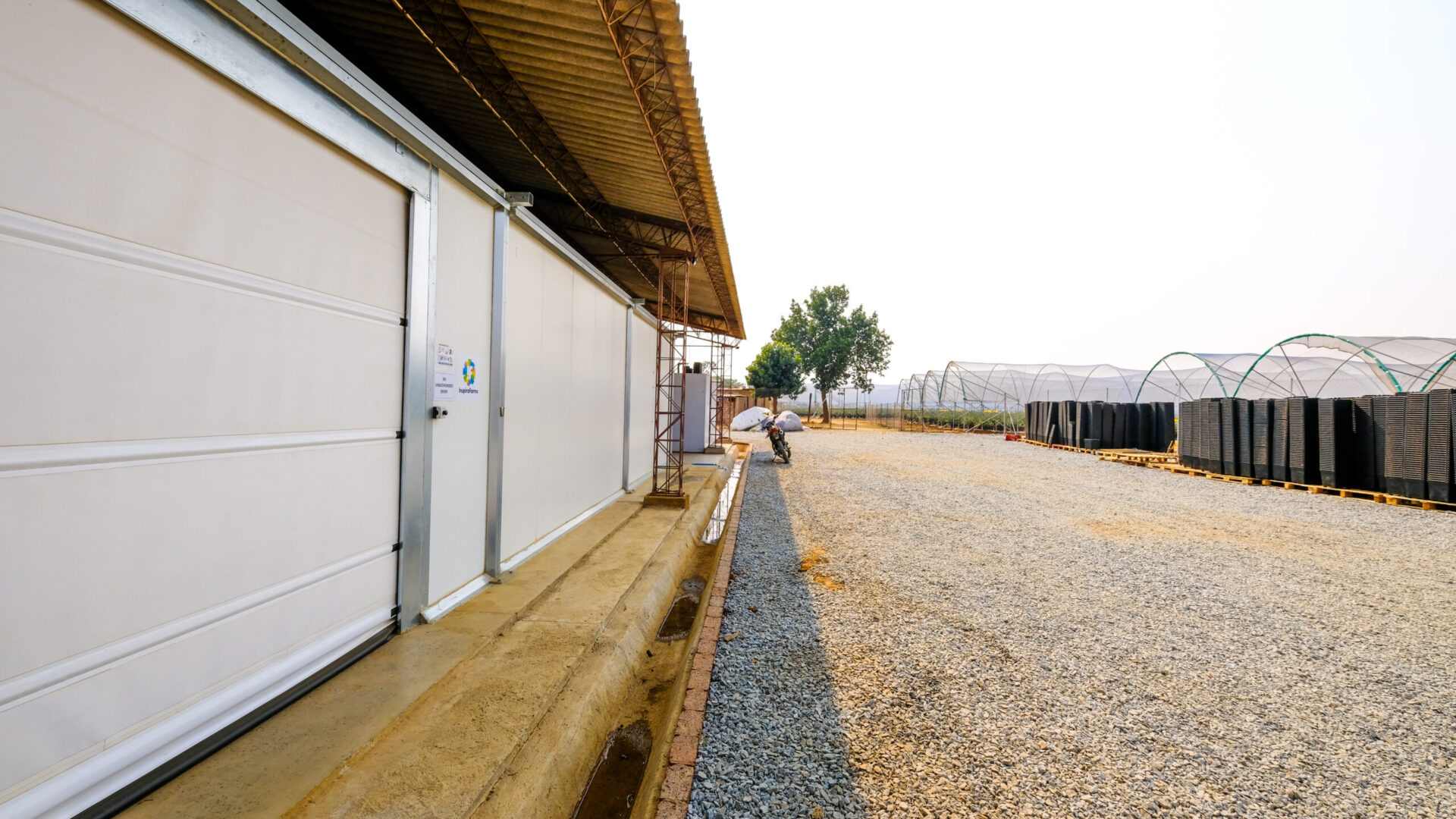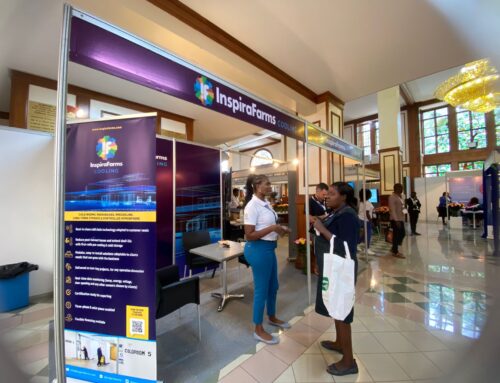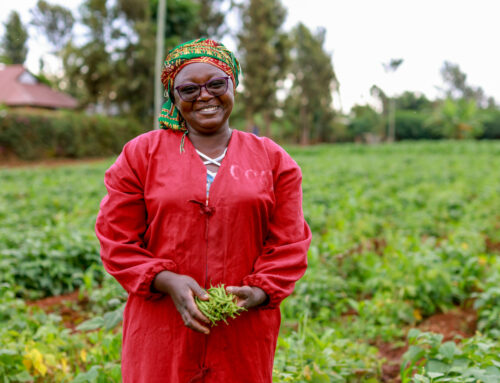Webinar key takeaways: Unleashing export opportunities with on-farm pre-cooling and cold chain technologies
Another successful webinar around on-farm pre-cooling and cold chain technologies as enablers for export quality took place last month where our very own Michele Bruni acted as the moderator.
Joining him on the panel were Managing Director of Lauetta, Alistair Campbell, Managing Director Bruce Laver and Technical Manager, Brian Royston from Zimflex and President at Postharvest consulting, Dr. Deidre Holcroft.
The webinar brought about 4 key takeaways discussed on what one as a business and farmer should consider before venturing into local and global exportation.
1. Consider cold chains as the most important component in post-harvest management
A cold chain is considered as the uninterrupted process of handling your produce within a low temperature atmosphere during the 7 steps of the post-harvest value chain which include:
- Harvest
- Collection
- Packing
- Processing
- Storage
- Transport
- Marketing
These steps need to be carefully followed for your produce to reach the consumer in a manner that withholds the quality, food safety and prevention of your food and economic losses.
According to FAO, the cold chain encompasses all the critical steps and processes that foods and other perishable products must undergo in order to maintain their quality.
2. Invest in the right cold chain technology
In order to reach export markets, it is vital that you are ready to compete with other global distributors/markets. As a business, you should ensure that what you are selling to the consumers is of high quality.
To ensure this, consideration should be put into the airfreight and sea-freight transportation time to resist long distances to the ports. Investing in the right cold chain technology will ensure that your product arrives in good shape and you have a stronger lead in the competitive market.
It will also increase the shelf life of your produce and hence minimize wastage. On the other hand, not investing in proper cold chain technology will incur higher costs leading to an unreasonable return on investment.
3. Proper cooling technologies to ensure premium quality of produce
To be considered as premium farmers dealing with premium quality means having the proper cooling technology in your farm. Case example is blueberries. Blueberries are a fragile fruit and without proper cooling, you are guaranteed a lot of damage and loss.
The blueberry market is at an all-time high and is becoming more competitive and demanding in terms of taste, size and firmness. The only way of standing out to buyers is to deliver the product from your farm as fast as possible. This should be done with the best cold chain from the beginning stages of pre-cooling.
Pre-cooling allows the fruit to stay fresh throughout the supply chain for longer shelf life. Blueberry production requires hot and dry temp (40ºC). In order to arrive at its destination and increase their shelf life, the temperature needs to be brought down to 8-10ºC.
Pre-cooling could be a bad investment if the product is not well preserved along the way to the consumers. Once the product is cooled down it shouldn’t be exposed to ambient or higher temperatures or else the produce will get spoiled.
4. Plan your different phases of projected growth
Alistair Campbell during the webinar affirmed that the modularity offered by InspiraFarms, allowed them to plan different phases of growth of their facility according to their projected growth in terms of production.
“Having savings, even on small (1-2) percentages in terms of shrinkage makes a difference, when accepted shrinkage in the industry average is around 5% in sea freight,” said Campbell.
For Lauetta, having the right pre-cooler with the right humidity has allowed them to achieve that and more. They are now saving around 2-5% in full capacity, in around 400tons meaning that, a lot of money is saved. Just paying attention to those numbers will pay your full investment in the packhouse. This comes to show that with state-of-the-art cooling technology you can beat the industry norm in terms of quality.
Sources:



